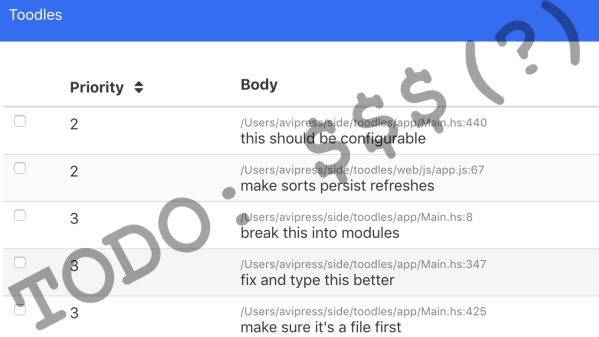If you have an opinion about C++, chances are you either love it for its extensiveness and versatility, or you hate it for its bloated complexity and would rather stick to alternative languages on both sides of the spectrum. Either way, here’s your chance to form a new opinion about the language. The C++ standard committee has recently gathered to work on finalizing the language standard’s newest revision, C++20, deciding on all the new features that will come to C++’s next major release.
After C++17, this will be the sixth revision of the C++ standard, and the language has come a long way from its “being a superset of C” times. Frankly, when it comes to loving or hating the language, I haven’t fully made up my own mind about it yet. My biggest issue with it is that “programming in C++” can just mean so many different things nowadays, from a trivial “C with classes” style to writing code that will make Perl look like prose. C++ has become such a feature-rich and downright overwhelming language over all these years, and with all the additions coming with C++20, things won’t get easier. Although, they also won’t get harder. Well, at least not necessarily. I guess? Well, it’s complex, but that’s simply the nature of the language.
Anyway, the list of new features is long, combining all the specification proposals is even longer, and each and every one of these additions could fill its own, full-blown article. But to get a rough idea about what’s going to come to C++ next year, let’s have a condensed look at some of these major new features, changes, and additions that will await us in C++20. From better type checking and compiler errors messages to Python-like string handling and plans to replace the #include system, there’s a lot at play here!
Continue reading “C++20 Is Feature Complete; Here’s What Changes Are Coming”


















